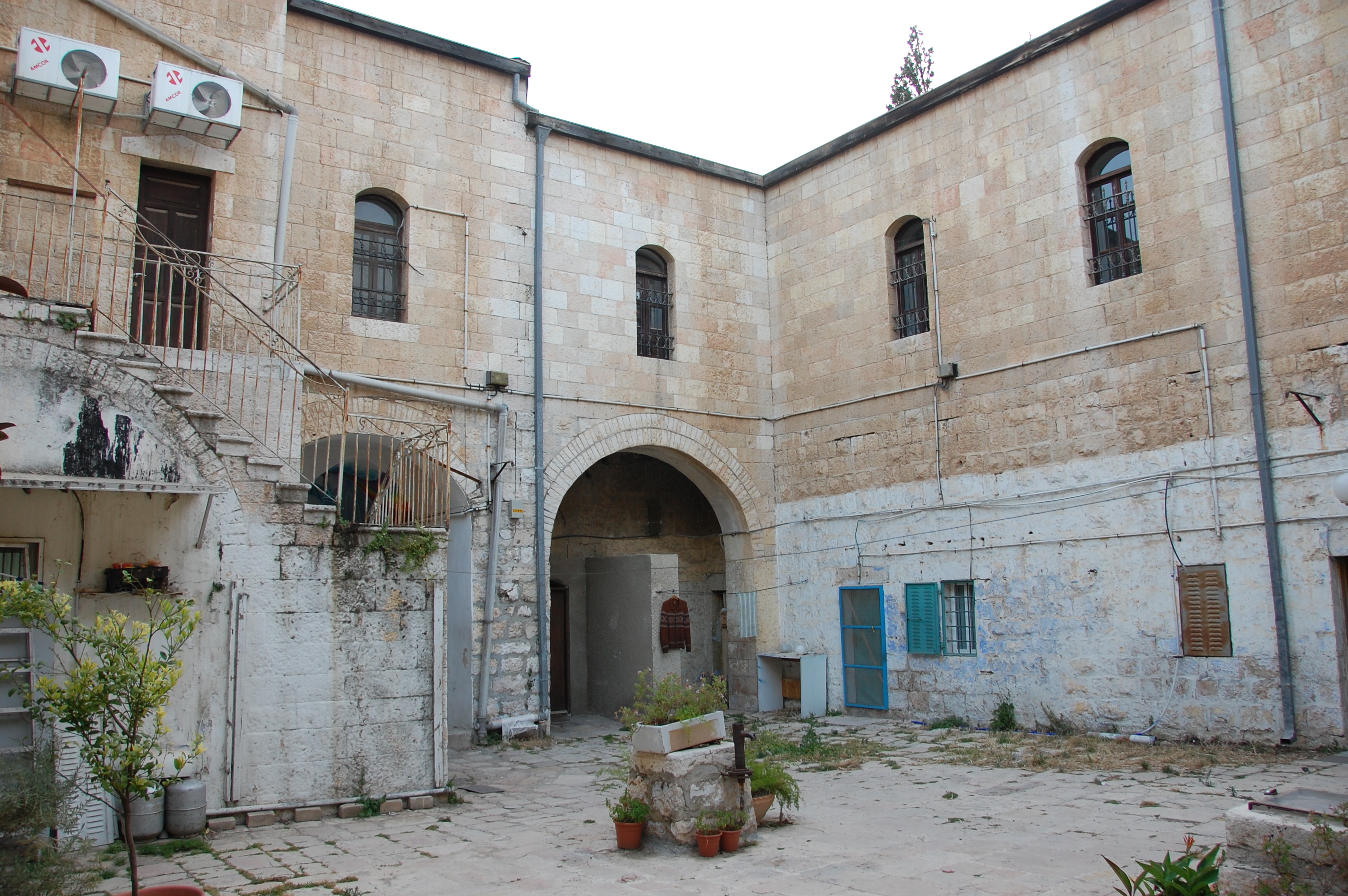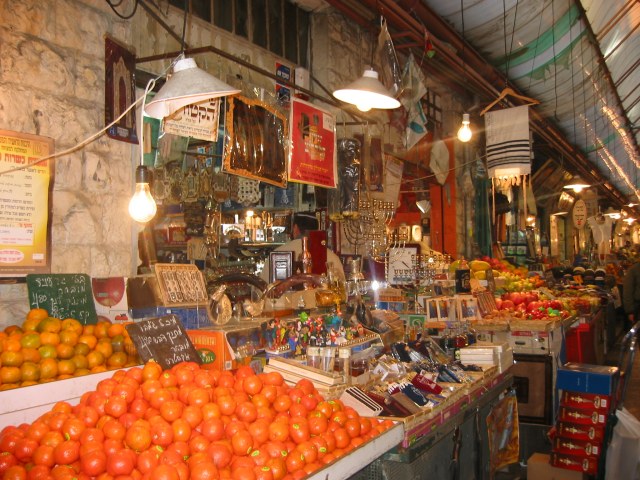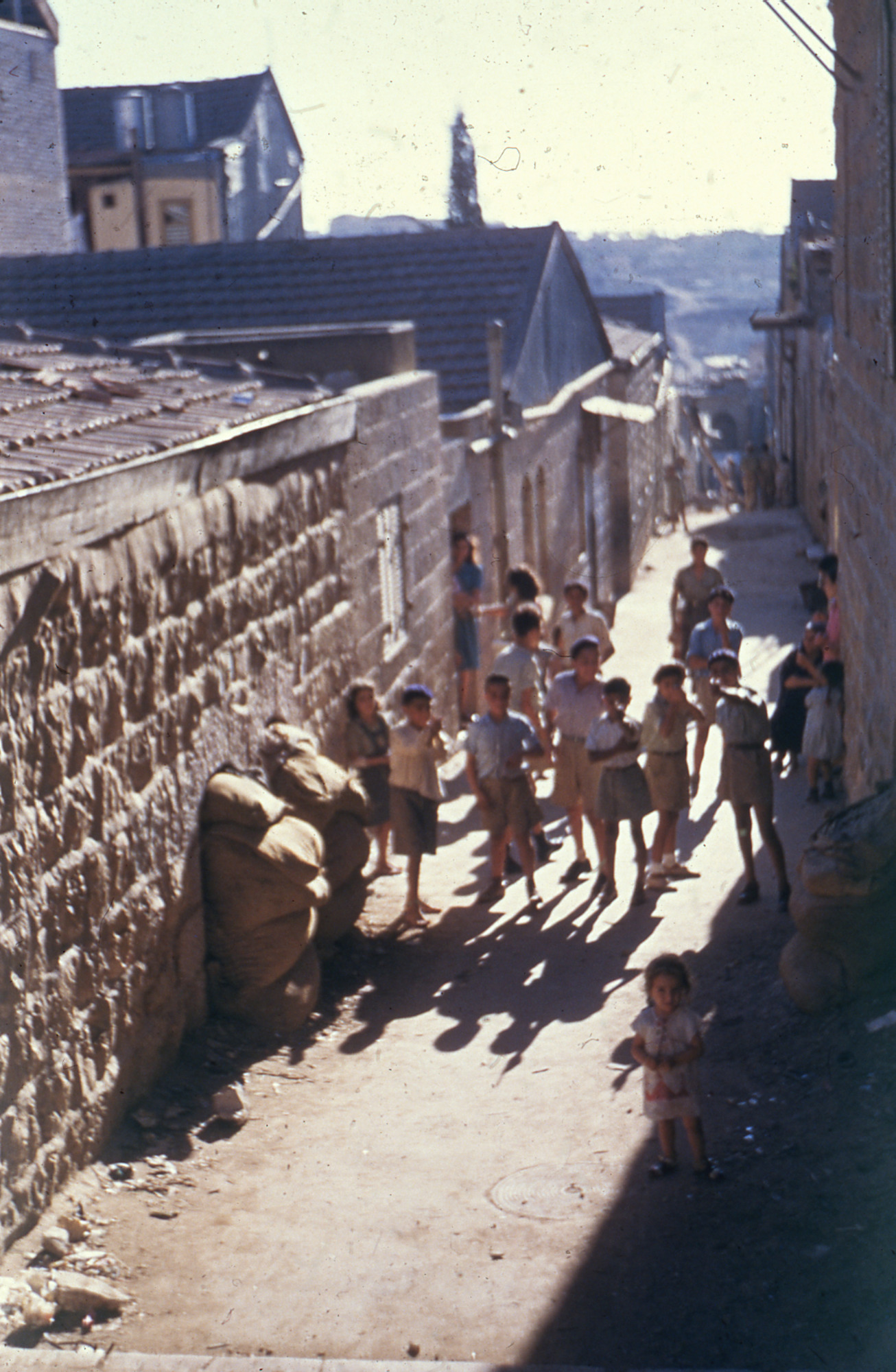|
Zikhron Yosef
Zikhron Yosef ( he, זכרון יוסף lit. ''Memorial for Joseph'') is a former courtyard neighborhood in Jerusalem. The neighborhood was established in 1927 near the Mahane Yehuda Market by Kurdish Jewish immigrants who used to live in the Old City of Jerusalem. The neighborhood is named after its former landowner Joseph Levy, whose son sold the land on condition that the neighborhood would be named after his father. Because the neighbourhood was built during the British Mandate in Palestine, it was built according to the planning and building laws of the British authorities – this is noticeable due to the relatively low houses in the neighbourhood which reach a maximum height of only three floors. The neighborhood is bordered by the streets Agrippas-HaYarmouk, HaArnon and HaYarkon. Today it is part of the Nachlaot Nachlaot ( he, נחלאות, also ''Naḥlaʾoth'') is a cluster of 23 courtyard neighborhoods in central Jerusalem surrounding the Mahane Yehuda Market ... [...More Info...] [...Related Items...] OR: [Wikipedia] [Google] [Baidu] |
Courtyard Neighborhood
Courtyard neighborhoods are Jewish neighborhoods built in Jerusalem and Tel Aviv in the late 19th and early 20th centuries. The inward-facing and defensible traditional urban housing of the Near East, ordinarily occupied by an extended family, was adapted in these cases to serve a close-knit but genealogically unrelated community. Description Courtyard neighborhoods were built around a large courtyard. A surrounding wall protected against hostile outsiders. Most of the houses were close together, with one gap that was easy to defend. The courtyard typically holds a neighborhood cistern. Such neighborhoods reflected the residents' communal organization. Typically, the apartments surrounding the courtyard were small (usually a studio apartment for each family), pushing many household tasks into the courtyard. In Jerusalem each family had one laundry day every two weeks. Hand-washing the clothing consumed many hours. That day the housewife cooked only for her household. Neighb ... [...More Info...] [...Related Items...] OR: [Wikipedia] [Google] [Baidu] |
Jerusalem
Jerusalem (; he, יְרוּשָׁלַיִם ; ar, القُدس ) (combining the Biblical and common usage Arabic names); grc, Ἱερουσαλήμ/Ἰεροσόλυμα, Hierousalḗm/Hierosóluma; hy, Երուսաղեմ, Erusałēm. is a city in Western Asia. Situated on a plateau in the Judaean Mountains between the Mediterranean Sea, Mediterranean and the Dead Sea, it is one of the List of oldest continuously inhabited cities, oldest cities in the world and is considered to be a holy city for the three major Abrahamic religions: Judaism, Christianity, and Islam. Both Israelis and Palestinians claim Jerusalem as their Capital city, capital, as Israel maintains its primary governmental institutions there and the State of Palestine ultimately foresees it as its seat of power. Because of this dispute, Status of Jerusalem, neither claim is widely recognized internationally. Throughout History of Jerusalem, its long history, Jerusalem has been destroyed at least twice, Sie ... [...More Info...] [...Related Items...] OR: [Wikipedia] [Google] [Baidu] |
Mahane Yehuda Market
Mahane Yehuda Market ( he, שוק מחנה יהודה, ''Shuk Mahane Yehuda''), often referred to as "The Shuk" ( he, השוק, HaShuq), is a marketplace (originally open-air, but now partially covered) in Jerusalem. Popular with locals and tourists alike, the market's more than 250 vendors sell fresh fruits and vegetables; baked goods; fish, meat and cheeses; nuts, seeds, and spices; wines and liquors; clothing and shoes; and housewares, textiles, and Judaica. In and around the market are falafel, shawarma, kibbeh, kebab, shashlik, kanafeh, baklava, halva, zalabiya and Jerusalem mixed grill stands, juice bars, cafes, and restaurants. The color and bustle of the marketplace is accentuated by vendors who call out their prices to passersby. On Thursdays and Fridays, the marketplace is filled with shoppers stocking up for Shabbat, until the Friday afternoon sounding of the bugle that signifies the market will close for the Sabbath. In recent years, the 'shuk' has emerged as anothe ... [...More Info...] [...Related Items...] OR: [Wikipedia] [Google] [Baidu] |
Kurdish Jews
, image = File:RABBI MOSHE GABAIL.jpg , caption = Rabbi Moshe Gabai, head of the Jewish community of Zakho, with Israeli President Yitzhak Ben-Zvi in 1951 , pop = 200,000–300,000 , region1 = , pop1 = , ref1 = , languages = Israeli Hebrew, Northeastern Neo-Aramaic dialects (mainly Judeo-Aramaic), Kurdish dialects (mainly Kurmanji), Azeri Turkish (in Iran) , religions = Judaism , related = Other Mizrahi Jews, Ashkenazi Jews and Sephardic Jews; also Samaritans The Jews of Kurdistan; he, יהודי כורדיסטן, Yehudei Kurdistan. are the Mizrahi Jewish communities native to the geographic region of Kurdistan, roughly covering parts of northwestern Iran, northern Iraq, northeastern Syria and southeastern Turkey. Kurdish Jews lived as closed ethnic communities until they were expelled from Arab and Muslim states from the 1940s–1950s onward. The community largely speaks Judeo ... [...More Info...] [...Related Items...] OR: [Wikipedia] [Google] [Baidu] |
Old City (Jerusalem)
The Old City of Jerusalem ( he, הָעִיר הָעַתִּיקָה, translit=ha-ir ha-atiqah; ar, البلدة القديمة, translit=al-Balda al-Qadimah; ) is a walled area in East Jerusalem. The Old City is traditionally divided into four uneven quarters, namely: the Muslim Quarter, the Christian Quarter, the Armenian Quarter, and the Jewish Quarter. A fifth area, the Temple Mount, known to Muslims as the ''Haram al-Sharif'', is home to the Dome of the Rock, Al-Aqsa Mosque and was once the site of two Jewish Temples. The current designations were introduced in the 19th century. The Old City's current walls and city gates were built by the Ottoman Empire from 1535 to 1542 under Suleiman the Magnificent. The Old City is home to several sites of key importance and holiness to the three major Abrahamic religions: the Temple Mount and Western Wall for Judaism, the Church of the Holy Sepulchre for Christianity, and the Dome of the Rock and al-Aqsa Mosque for Islam. The ... [...More Info...] [...Related Items...] OR: [Wikipedia] [Google] [Baidu] |
Mandate For Palestine
The Mandate for Palestine was a League of Nations mandate for British administration of the territories of Palestine and Transjordan, both of which had been conceded by the Ottoman Empire following the end of World War I in 1918. The mandate was assigned to Britain by the San Remo conference in April 1920, after France's concession in the 1918 Clemenceau–Lloyd George Agreement of the previously-agreed "international administration" of Palestine under the Sykes–Picot Agreement. Transjordan was added to the mandate after the Arab Kingdom in Damascus was toppled by the French in the Franco-Syrian War. Civil administration began in Palestine and Transjordan in July 1920 and April 1921, respectively, and the mandate was in force from 29 September 1923 to 15 May 1948 and to 25 May 1946 respectively. The mandate document was based on Article 22 of the Covenant of the League of Nations of 28 June 1919 and the Supreme Council of the Principal Allied Powers' San Remo Resoluti ... [...More Info...] [...Related Items...] OR: [Wikipedia] [Google] [Baidu] |
Nachlaot
Nachlaot ( he, נחלאות, also ''Naḥlaʾoth'') is a cluster of 23 courtyard neighborhoods in central Jerusalem surrounding the Mahane Yehuda Market. It is known for its narrow, winding lanes, old-style housing, hidden courtyards and many small synagogues. Neighborhoods in Nachlaot (plural of ''nachala'', lit. "homestead") include Batei Broide, Batei Goral, Batei Minsk, Batei Munkacs, Batei Rand, Bet Ya'acov, Even Yisrael (neighborhood), Even Yisrael (built in 1875 it is the oldest of the group), Knesset Yisrael, Mahane Yehuda (neighborhood), Mahane Yehuda, Mazkeret Moshe, Mishkenot Yisrael, Nahalat Ahim, Nahalat Zion, Neve Bezalel, Neve Shalom (Jerusalem), Neve Shalom, Ohel Moshe (Jerusalem), Ohel Moshe, Shevet Ahim, Sukkat Shalom, Shevet Zedek, Sukkat Shalom, Zikhron Tuvya, Zikhron Ya'acov, and Zikhron Yosef. Name ''Nahala'', plural ''nahlaot'' (with different ways of transliterating/spelling it), is a Hebrew word for either heritage or estate. File:NahlaotJerusalemNov1120 ... [...More Info...] [...Related Items...] OR: [Wikipedia] [Google] [Baidu] |





